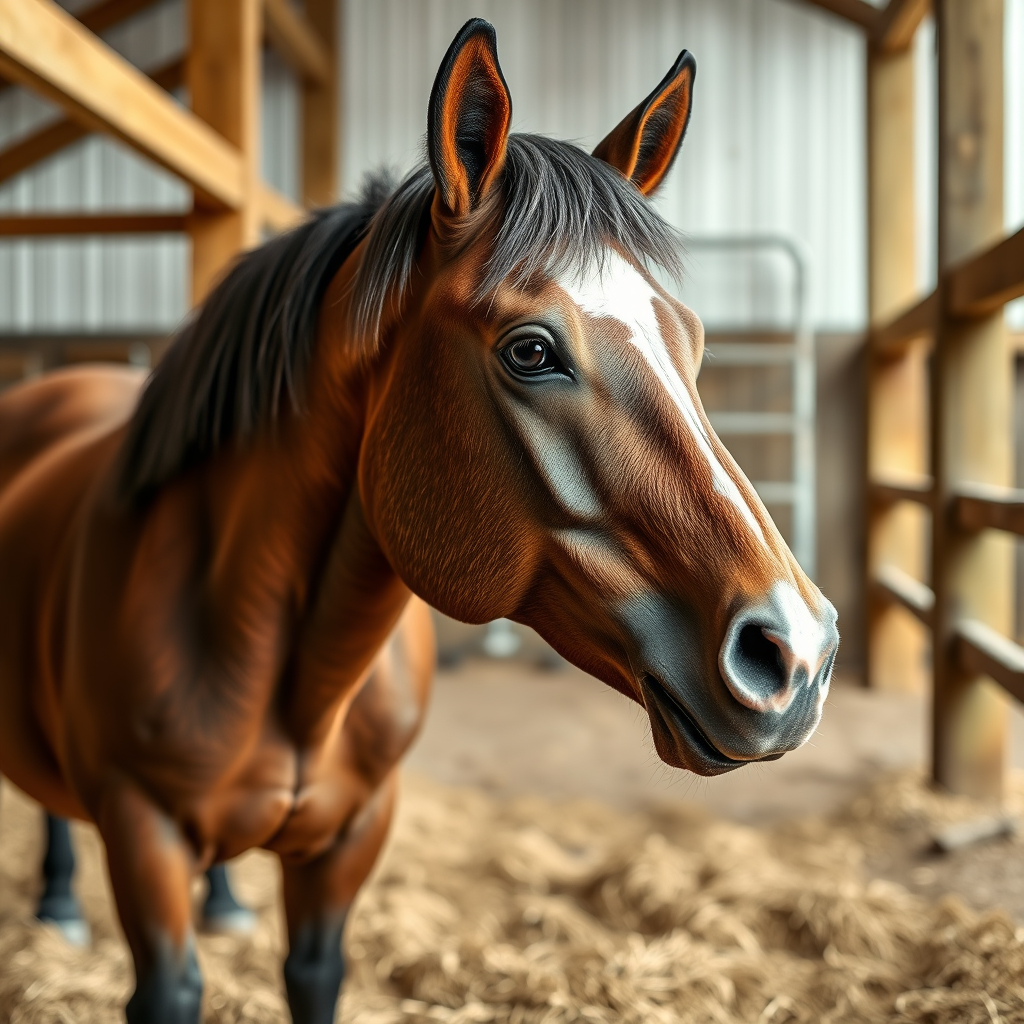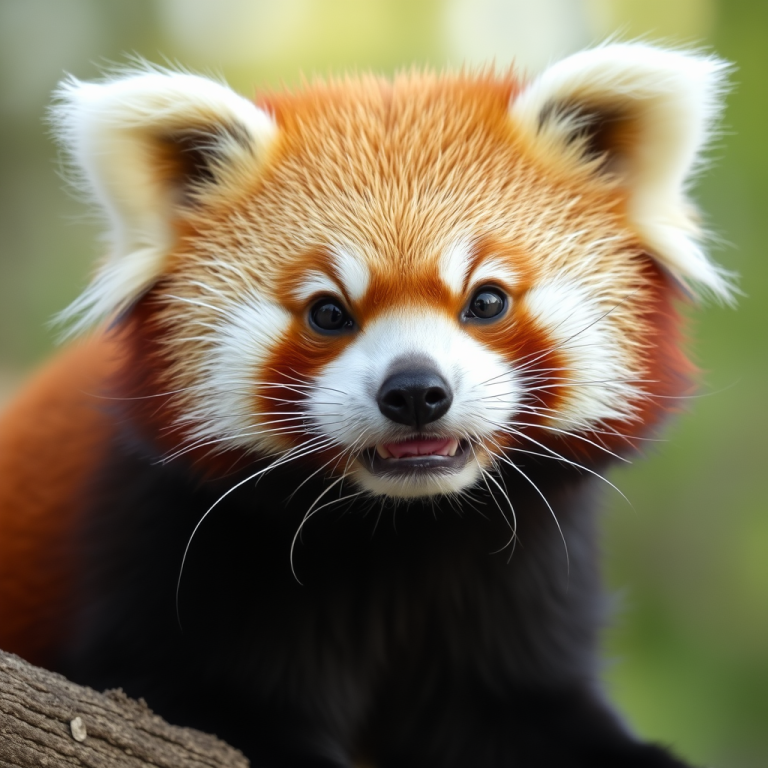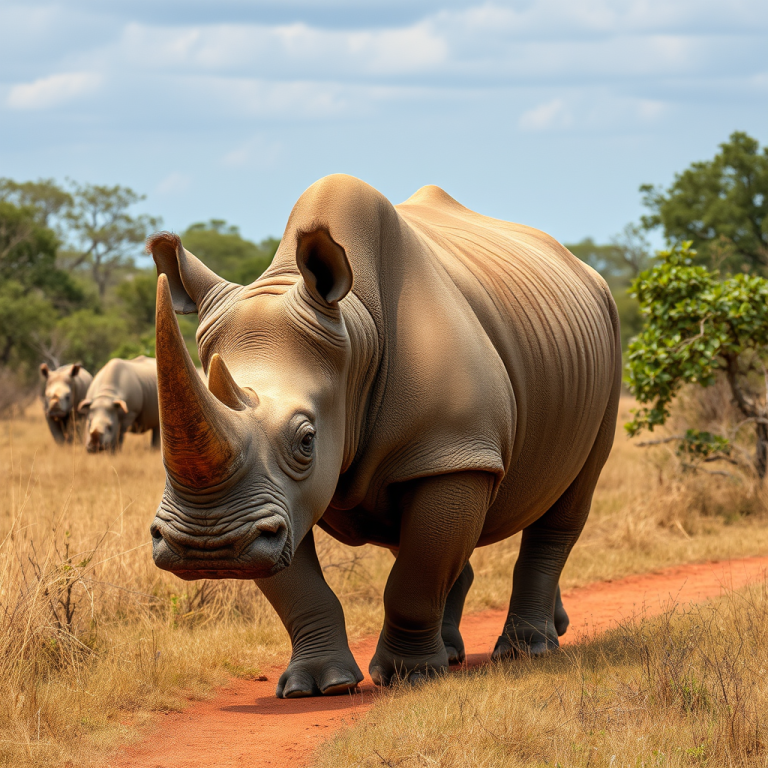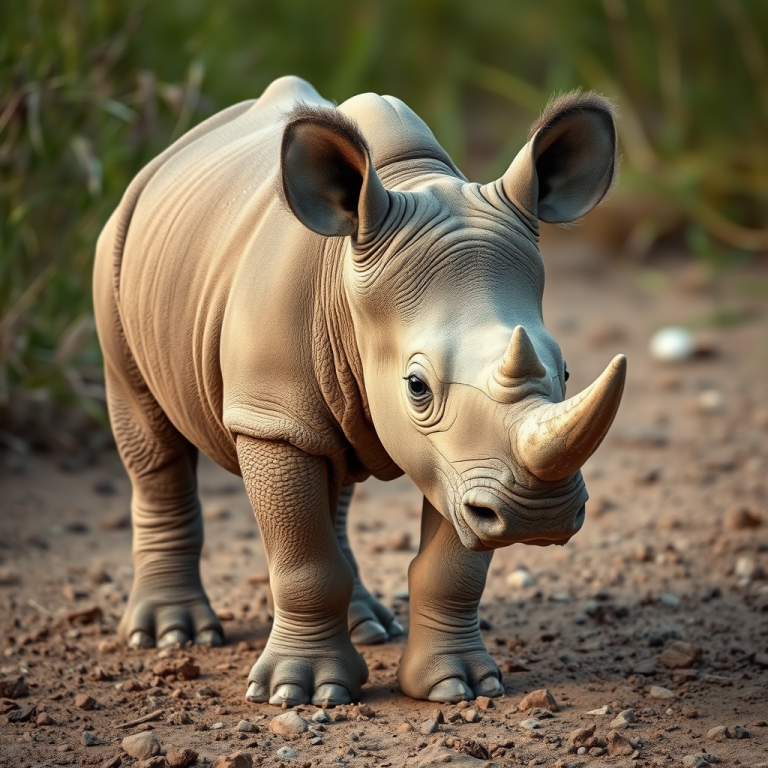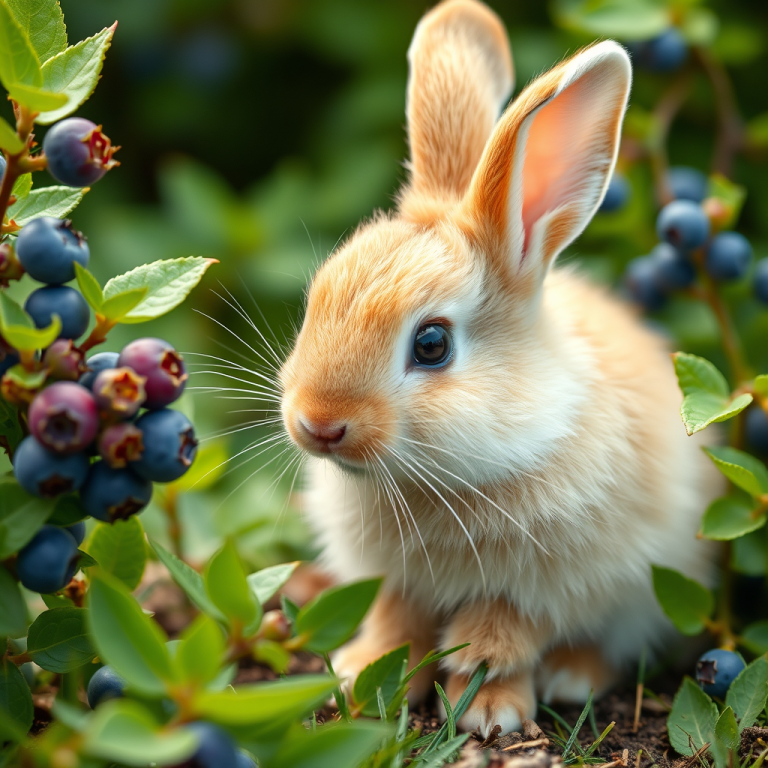Horses: The Graceful Giants Who Gallop Beside Us
Wild Spirit, Ancient Bond
Horses have run across open lands long before humans ever saddled one. Yet over thousands of years, these wild creatures chose to walk alongside us — helping build civilizations, carry warriors into battle, and cultivate land. But despite this long history of partnership, the soul of a horse remains untamed. They’re creatures of motion, emotion, and memory — living bridges between the wild and the domestic.
Anatomy of Motion
Everything about a horse’s body is designed for movement. Long, powerful legs. Broad chests that house massive lungs. Hooves that hit the ground with precision. A galloping horse can reach speeds of over 30 miles per hour, with racehorses topping out near 50. But it’s not just speed — it’s the elegance. There’s something magical about the way horses move, whether they’re cantering through a meadow or pacing in rhythm with a rider’s commands. Every flick of the tail, twitch of the ear, and shift of muscle tells a story.
More Than Muscle
While horses are often admired for their strength, they’re deeply emotional animals too. They form strong bonds — not just with each other, but with humans who treat them with care. Horses are intuitive, capable of reading body language, sensing stress, and reacting to tone of voice. Some even say horses can mirror our emotions, calming when we’re calm, growing tense when we’re upset. It’s why they’re often used in therapeutic settings, helping people manage anxiety, grief, or trauma just by being present.
The Social Herd
In the wild, horses live in herds led by a dominant mare. These groups provide safety, structure, and companionship. Horses are social animals — they groom each other, nuzzle for comfort, and communicate with subtle cues like ear position or tail swishing. Even domesticated horses retain this need for connection. Isolated horses can suffer emotionally, showing signs of depression, aggression, or stress. A content horse is almost always one that feels seen, safe, and understood.
Wild Horses Still Roam
While most horses today are domesticated, wild populations still exist. The mustangs of North America — descendants of Spanish horses brought centuries ago — roam across western states in herds that battle harsh weather, food shortages, and human interference. There are also brumbies in Australia and Przewalski’s horses in Mongolia, the last truly wild horse species left. These populations are living reminders that, beneath every sleek coat and polished saddle, horses are born from wilderness.
Communication Without Words
Horses may not speak, but they’re always talking. Through snorts, whinnies, pinned ears, stomping hooves, or gentle nudges, they express curiosity, joy, fear, or warning. Learning to “listen” to a horse isn’t about control — it’s about mutual respect. A rider who understands horse behavior isn’t just leading — they’re having a silent conversation.
Human and Horse: A Shared Journey
From ancient warfields to modern therapy centers, horses have journeyed with humans in almost every culture. Native American tribes saw horses as sacred gifts. Knights rode them into battle. Farmers relied on their power. And today, they still play vital roles in ranching, law enforcement, and equine therapy. The bond between horse and human isn’t just practical — it’s deeply personal. Many riders describe their horse as a best friend, a soul companion, even a mirror to their own inner world.
The Importance of Horse Welfare
Unfortunately, not all horses are treated with the respect they deserve. Abandonment, overbreeding, and neglect continue to be issues in many parts of the world. Organizations work tirelessly to rescue and rehabilitate horses, educate owners, and preserve wild herds. It’s a reminder that our relationship with horses comes with responsibility — to protect, not exploit.
Final Thoughts
Horses are more than just beautiful creatures. They’re symbols of trust, strength, and freedom. Whether galloping across wild lands or walking patiently beside a child, horses remind us of nature’s grace — and the quiet, powerful connections that can exist between species.
If you’re curious about the wonders of wildlife, stick around—there’s a whole world to explore at Wonder of Wild.
